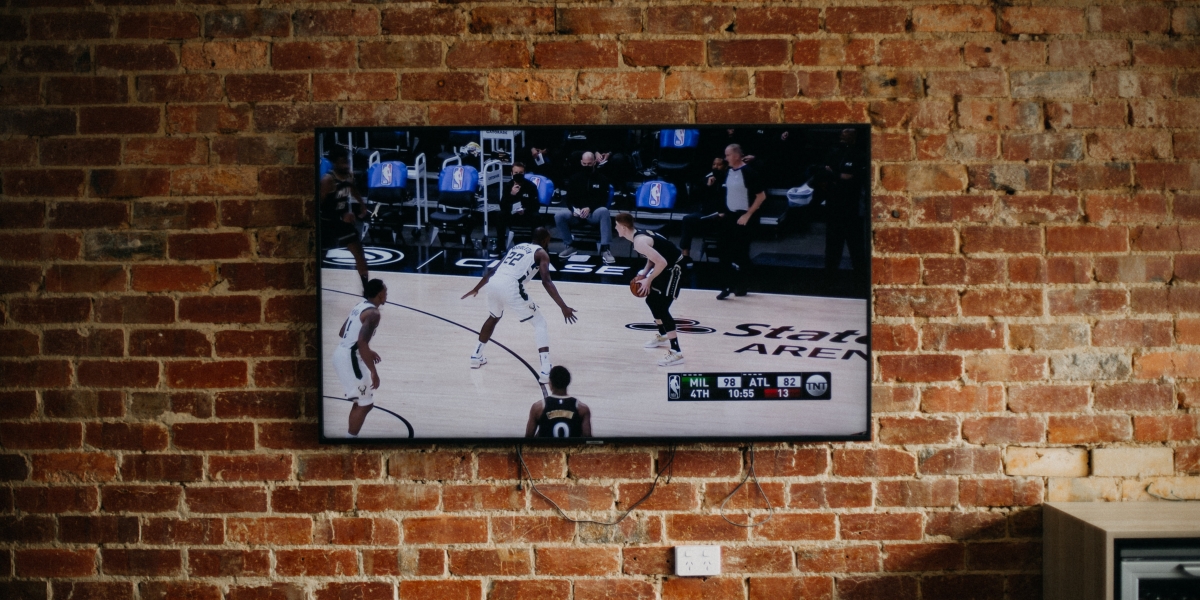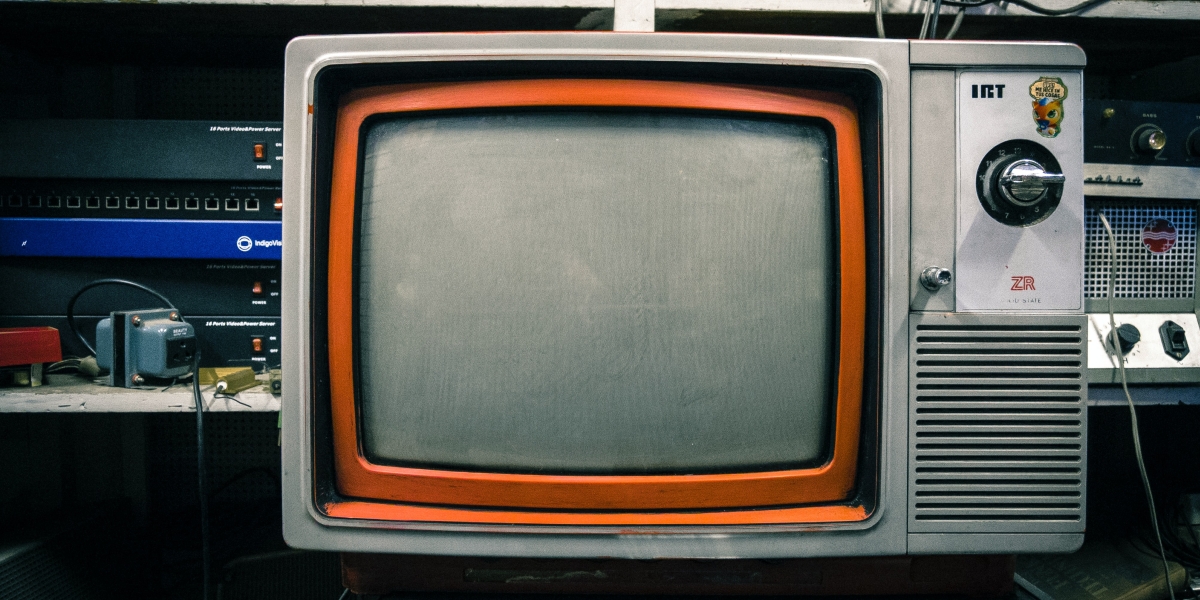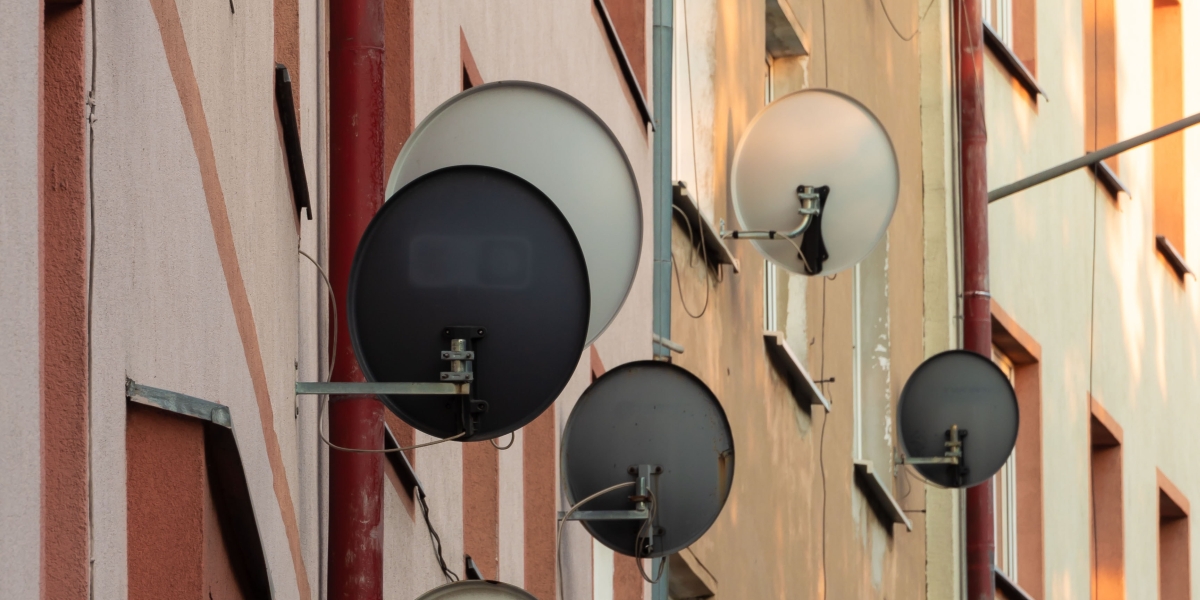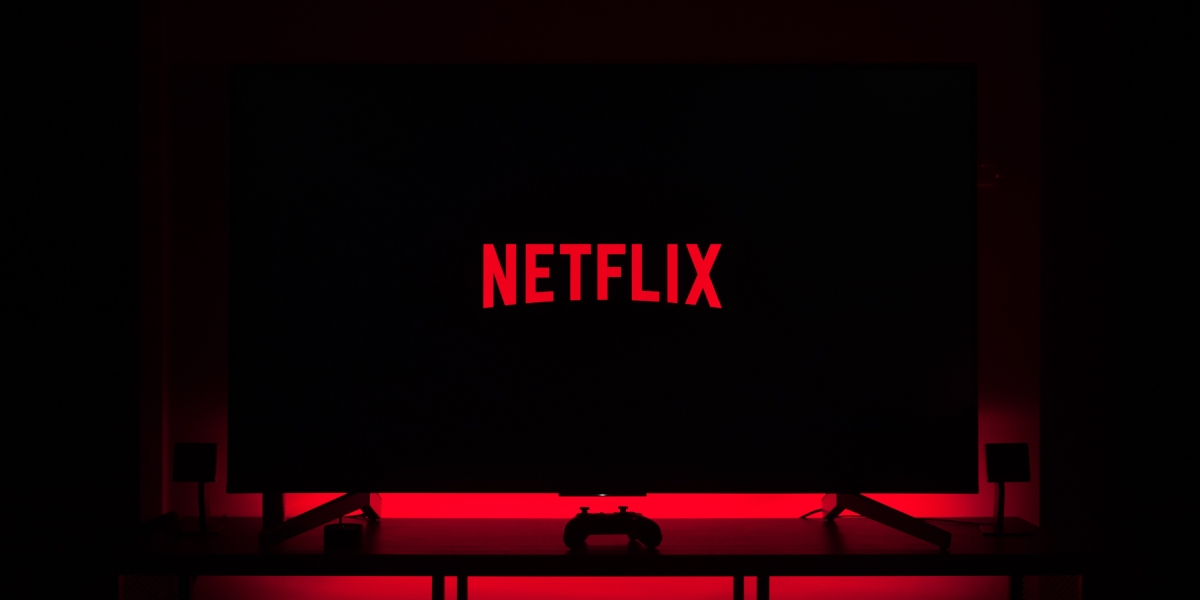Satellite TV, cable TV, IPTV service provider, and OTT streaming platforms are various television network types available on the market today.
Typically, the more options a business has available, the more freedom its consumers are given. However, this is only said to be the case if you as a business have an understanding of the specifics of each available network type and their advantages and disadvantages for end-users; so that you can come to an overall conclusion on which network type is the better one for them.
TV Basics
There are a few ways how customers can play television programs on their screens. Some may decide to go the traditional route by connecting to a broadcast network, while others will choose to stream their desired content via the internet. To enjoy the perfect harmony of the two methods, some will choose to set up an IPTV system.
Broadcast networks applicable are:
- Cable TV
- Satellite TV
As the name implies, broadcast networks broadcast television programming, all from a designated distribution center. From here, consumers can tune into channels that are carried by a broadcast signal.
To achieve this, satellite TV relies on radio waves traveling from a communications satellite to a satellite dish, which is generally the consumers’ exact location.

On the other hand, cable TV interconnects a physical network of TV providers with a coaxial cable.
Internet networks applicable are:
- IPTV Service Provider
- OTT Streaming Platform
- White label tv service
Unlike the satellite and cable television networks mentioned above, IP networks operation lies in the process of transferring data packets from a server to an end-user upon request. It is the complete opposite to how cable and satellite television networks broadcast content only in real-time.
Both OTT and IPTV are very alike in regard to how they utilize the same Internet Protocol to provide content. However, the way they distribute the content differs. IPTV needs a dedicated, private network while OTT streams via the internet.
Users can request the content at all times when using an IPTV service provider or an OTT platform as both store content on a server. IPTV, however, stands out in its abilities from the rest of the television networks mentioned by being able to do all of these things.
Television Network Types
1. IPTV Service Provider

Simply put, an IPTV service delivers both stored videos and live TV to an end-user. IPTV can do this over the same network and in the same fashion to which content is directed over the internet.
IPTV is a very attractive alternative to cable and satellite television networks in the sense that it is a future-proof technology with favorable features. IPTV has an advantage over the general analog cable in terms of interactive TV guides, automatic switching, content recording, parental control, video on demand, and HD services.
The disadvantages, on the other hand, exist due to an IPTVs dependency on the speed of a user’s internet and its lists of suspicious origin, meaning that there is sometimes a playback of series and movies on streaming platforms that are redirected illegally by the user who contracted the service, and in most cases, they are required to pay for it. More so, the most obvious disadvantage to an IPTV television network is the fact that you need a decoder to access IPTV channels.
2. Cable TV

Now, more than ever, cable TV is facing increasing competition from other television network types. Since there are so many options available, it creates the perfect opportunity to weigh the advantages and disadvantages of cable television.
Cable television has its advantage in service stability, where other television networks are interrupted by things such as the weather; a cable will only shut down if there is a defect in the system, for example, a broken router or cable.
While its stability may still be jeopardized, hiccups occur a lot less frequently when considering other available networks. Aside from investing in an antenna, cable TV is also the cheapest form of television available.
Having said that, there are downsides to cable TV, and these include things such as pesky monopolies, confusing pricing packages, and less privacy on the internet.
3. Satellite

Shifting the focus to satellite TV and its inherent features, satellite TV is a television network type that is constantly improving. However, there are still both pros and cons that this television types face.
Currently, satellite dishes have reduced in size, which is beneficial for their end-users with regard to the fact that they do not need to be moved around to find news signals as they are now able to do this automatically.
The smaller dish is also a means for better video quality. More so, with satellite TV, a user can watch or record up to two channels at the same time.
Unfortunately, with every pro mentioned, there is a con, and the biggest disadvantage inherent in satellite TV is the weather. End-users of satellite TV almost always lose signal when there is bad weather.
Also, if there is more than one television being used under the same satellite dish, you will be required to pay a larger service charge fee.
4. OTT Platform

Some well-established OTT content providers that are available today are Netflix, Roku, and HBO Now. OTT platforms deal with the same problems any other internet-based service deals with, owing to the internet’s inherent nature.
This means that decreased speed resulting from many connections, lengthy loading times, and improper wireless network setups all compromise the quality of the OTT streaming experience.
On the bright side, there are many advantages of the OTT Platform, and they can be seen as reduced costs in the form of a monthly or yearly subscription, instant playback, and crisp sound and picture quality of content authentic to the OTT platform only.
Conclusion
While all the television networks mentioned in this article still hold a place in the market, the future will demand an entertainment source that is more convenient for the end-users of today.
As such, IPTV is currently the only television network that can support demand for high-quality content and third-party service integration.
yehiweb
Related posts
New Articles
Whosvalora: Understanding the Digital Mystery That’s Taking Over Social Media
In the rapidly changing realm of internet culture, new terms and phenomena emerge almost daily. But few have captured the…


